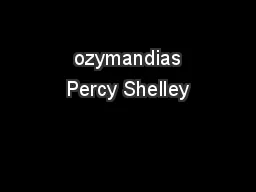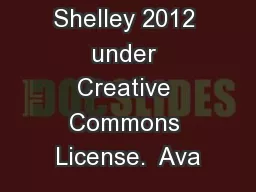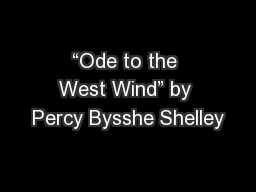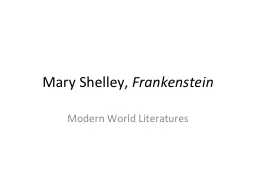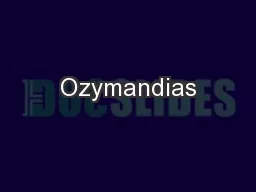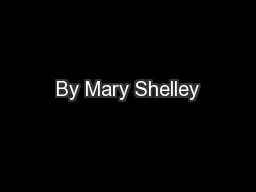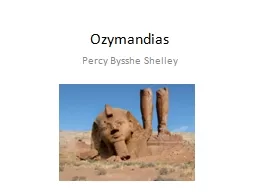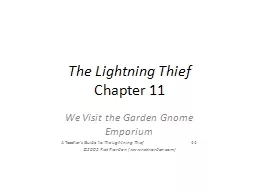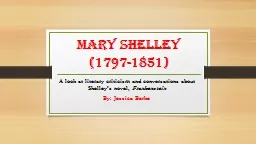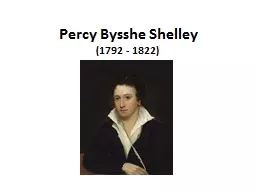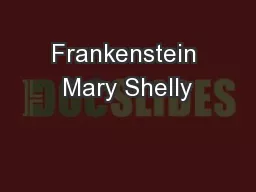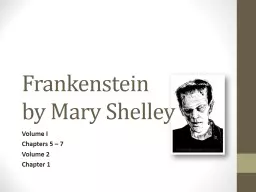PPT-ozymandias Percy Shelley
Author : conchita-marotz | Published Date : 2020-04-06
Vocab5 Word Definition Imperialism Extending a countrys power through military force or colonisation Tyrant A dictator Romantic A literary movement glorifying nature
Presentation Embed Code
Download Presentation
Download Presentation The PPT/PDF document " ozymandias Percy Shelley" is the property of its rightful owner. Permission is granted to download and print the materials on this website for personal, non-commercial use only, and to display it on your personal computer provided you do not modify the materials and that you retain all copyright notices contained in the materials. By downloading content from our website, you accept the terms of this agreement.
ozymandias Percy Shelley: Transcript
Download Rules Of Document
" ozymandias Percy Shelley"The content belongs to its owner. You may download and print it for personal use, without modification, and keep all copyright notices. By downloading, you agree to these terms.
Related Documents

